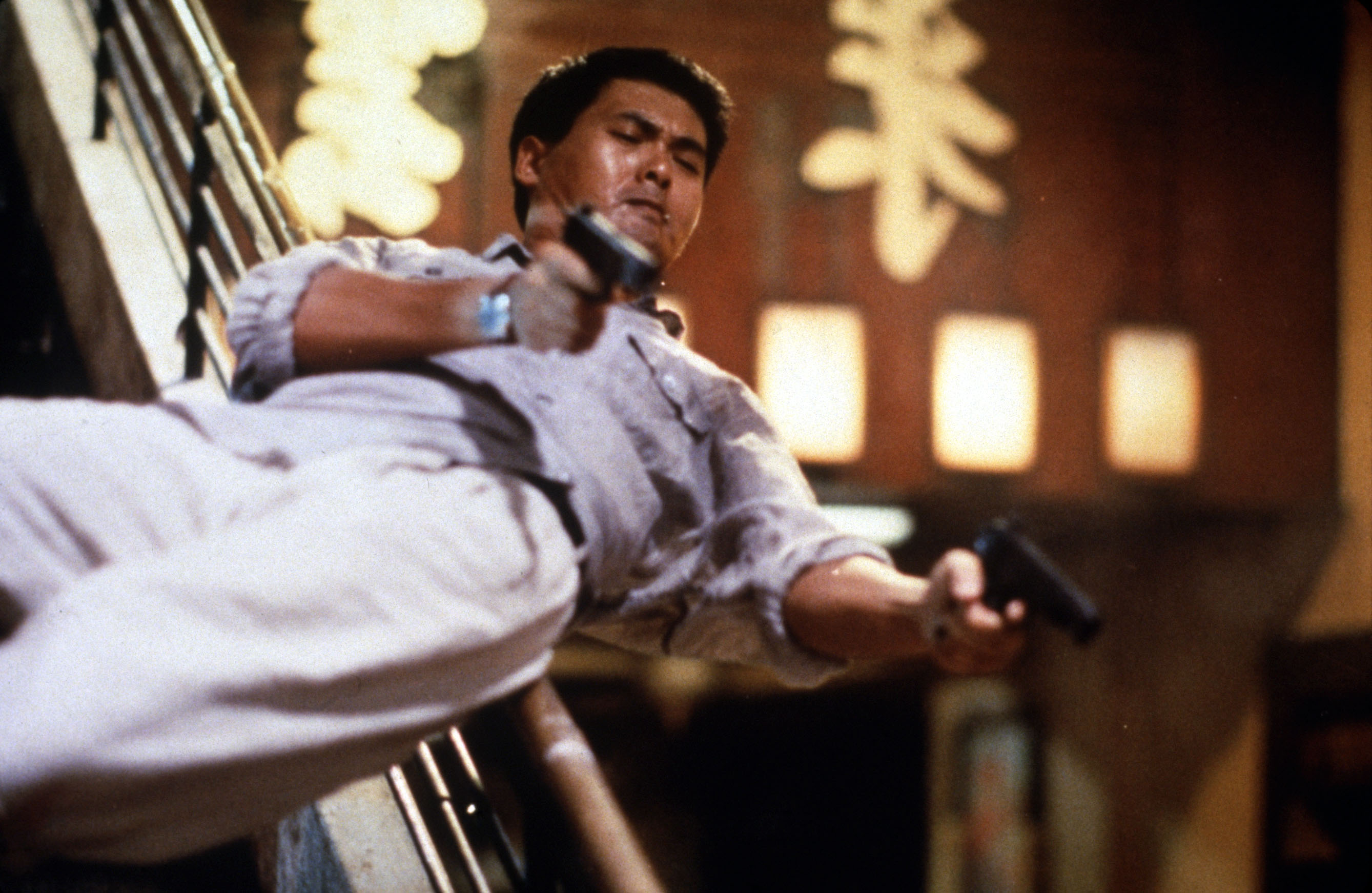A perennial question about Ultra-Tech gaming in GURPS is the fairness of demanding a point cost for things people can just have cheaply. Why buy nightvision when you can have nightvision contact lenses? Why buy DR when you can just have a nanoweave T-shirt? Yes, there are advantages to having these traits as "innate," but there's quite some assumptions baked into that statement, such as people aren't going to buy them with Gadget-based limitations, and that the costs aren't exorbitant. After all, the equivalent of a nanoweave T-shirt clocks in at more than 40 points!
And you can't just sidestep this issue either, because a lot of Ultra-Tech is built around the notion of buying advantages to simulate powers, namely the entire Cybernetics section! Nanoweave subdermal armor is literally a nanoweave T-shirt that's been put under your skin, for 42 points. In fact, a major theme of SF and Space Opera is that advanced technology makes "super-heroes" possible, that future humans will be as "as far beyond us as you are beyond apes." Thus, we expect to see space opera and SF characters clocking at 200-500 points full of innate advantages like laser eyes and armored skin. But what if those things are more cheaply acquired as gear?
This is a question that often comes up in Psi-Wars (and all of my various ventures in to sci-fi and space opera in GURPS), and I think Psi-Wars has helped me articulate the answer to this question for the most part. That is this: what you're establishing with tech is your baseline. Advantages represent what you have above and beyond your baseline. To use a modern example: is it valuable for a TL 8 character to have an innate DR of 5? It's expensive at 25 points, but it lets you shrug off most knifes, fists and baseball bats, and it reduces the damage of a pistol from a devastating 10 damage to 5 damage. Why not just wear kevlar? Well, we can! A concealable vest is DR 12/5 at TL 8, but it only protects your torso and it layers with our natural DR, so a normal person has as much DR as we do "naked" against baseball bats and fists, and if we wear it, we have DR 17 against bullets and knives (making is effectively immune to pistols and shrugging off most rifle shots with light injury) and DR 10 against everything else. You can make a similar case with UT armor and gadgets: if anyone can pick up a nanoweave T-shirt, the fact that you have the equivalent DR to a nanoweave T-shit above and beyond the t-shirt that anyone can wear offers quite an advantage.
This works best when the technology is widely available and not particularly transformative. A nanoweave T-shirt isn't fundamentally changing how you interact with the world, and anyone can buy it, and a lot of the setting is built around the assumption that people often wear one: if you have more DR than that, it offers quite a benefit because the pistols and rifles are tuned to the idea of someone having DR 18, not DR 36! This falls apart when someone gets access to technology that is transformative and rare, making it relatively unique to them. A TL 8 character can buy TL 11 Hyperspectral Contacts as Signature Gear for 1 point (they cost $9600, and 1 point of TL 8 signature gear is worth $10,000)! He likely needs some additional technological skills to maintain them, but Hyperspectral Vision normally costs about 25 points, and even with a few support skills, the character with the contacts effectively has a cool power for a mere fraction of the cost of Hyperspectral Vision. Even if we pile on the disadvantages to Hyperspectral Vision (requires maintenance, gadget, can be stolen, unique) to bring it to -80%, we're still looking at a base cost of 5 points vs 1 point. "Okay, so if it hurts, don't do it," as an old punchline goes. So we shouldn't do something like that. We should only allow broadly available and not particularly transformative technology; if we violate one of these, we should reconsider where and how we use points.
Battlesuits always violate this rule of thumb. In my experience, any time you allow battlesuits in a game, they become a prize worth seeking. Characters with them stand apart from those that don't, and they begin to verge into "super-hero" territory. They are virtually bullet proof, super-humanly strong, and have a suit of other advantages. Yes, there are disadvantages associated with it, but it is an inherently transformative technology. It's also not one generally available to everyone. It fits the genre to have only some characters wearing it, and these characters often interact with other characters. Bob might be a cyborg, while Alice might wear power-armor. Normally, Bob might normally outclass Alice, but if Alice wears power-armor, she can compete. See, for example, numerous fights between Lex or Batman and Superman, where "power-armor" is the excuse that allows for the slugfest to go down, despite the clear difference in power-level. Super-man is a few thousand points, while Batman is a few hundred points, and the difference is made up with gear. In the comics, this is one-time use, but in a game, it won't generally work that way, especially if the character invests points into the Battlesuit skill.
So, don't use battlesuits, right? Or don't try to combine battlesuits with cyborgs and super-heroes and expect it all to line up well. But I find that in Psi-Wars, that's precisely what's happening. It's reasonable for certain highly advanced factions to sport power-armor. We might expect a Shinjurai Cyberninja to use some sort of cyberweave suit, or the Wyrmwerk's Cleaner to use bespoke Heavy Battlesuits tricked out with gadgetry. At the same time, we have the Saruthim, who wear bio-tech power armor, and even "wear it on the inside," summoning it in times of need. Are these fair? Is it okay to let them have their power armor on the argument that power-armor sort of blurs the line between vehicle and armor? I mean, someone in a car is really cool too, but the car is a baseline. Power-armor is like... wearing a car. Isn't that alright?
This brings us to a third group, the Arkhaians, who are essentially space opera golems, ghosts permanently bound into highly advanced power-armor. How should they be priced? I could use the rule precendent created by the Saruthim, who use the Bio-Mecha rules from Pyramid: you buy the armor as an ally, and then take the possession advantage. That makes sense, and you can build the armor AS armor, with traits like "Cannot Wear Armor" and standardized advantages meant to mimic technology. This brings the costs way down and emphasizes that the armor is something "worn" rather than the literal character. On the other hand, what about robots? If we follow the same logic, they're just digital minds wearing a chassis, but Psi-Wars doesn't accept that logic (it leads inevitably to people pointing out that humans are just blobs of neurological networks wearing a skinsuit). So, if robots have to pay full price for being literal walking shells of armor, why wouldn't the Arkhaians? And if the Arkhaians are paying full price, why are Saruthim not paying full price for what amounts to a fancy version of Alternate Form? And if all of these people are paying full price for all of this... why do the guys in power-armor get away with their trait for so cheap?
That was a long-winded way of me getting to the meat of his post, which is "Hmmm, what are the actual costs of a battle suit?" If you play as a character with a battlesuit, how much does it actually cost you to do so, and is that price "fair?"
























